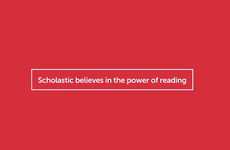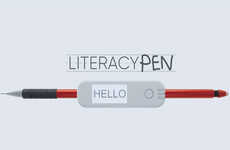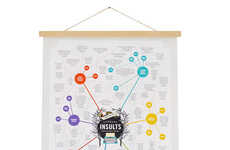
The Reasons & Consequences of America's Illiteracy
Simal Yilmaz — February 15, 2013 — World
References: onlinecollegecourses
United States' illiteracy rates are shockingly high for a world leading nation. According to this infographic, 23% of the people in America cannot read or write. This is a preposterous fact considering that the United States is one of the wealthiest nations in the wold that is populated with around 300 million people.
We are living in the information age and just in the United states alone, around 72 million people are unable to read, write or gain form of knowledge through anything but audio sources.
The infographic further breaks down literacy into three categories: prose, document and quantitative. The facts that emerge out of these literacy rates as well as the the illiteracy rates' fiscal consequences this causes will come in as quite a shock for some, to say the least.
We are living in the information age and just in the United states alone, around 72 million people are unable to read, write or gain form of knowledge through anything but audio sources.
The infographic further breaks down literacy into three categories: prose, document and quantitative. The facts that emerge out of these literacy rates as well as the the illiteracy rates' fiscal consequences this causes will come in as quite a shock for some, to say the least.
Trend Themes
1. Rising Illiteracy Rates - The increasing number of illiterate individuals in the United States poses a disruption to education and literacy industries, creating opportunities for innovative solutions and interventions.
2. Audio-based Learning - The need for audio sources to provide knowledge and education to the illiterate population opens up opportunities in the audio content production and distribution industries.
3. Literacy Awareness - The shocking statistics of illiteracy in the United States create a demand for initiatives and campaigns focused on raising awareness and promoting literacy, giving rise to opportunities in the education and nonprofit sectors.
Industry Implications
1. Education - The rising illiteracy rates call for disruptive innovations in the education industry to address the gaps in literacy and develop alternative learning methods for the illiterate population.
2. Literacy - The illiteracy problem presents opportunities for disruptive innovations in the literacy industry, such as the development of advanced reading technologies, accessible learning materials, and literacy programs.
3. Nonprofit - The alarming illiteracy rates in the United States create opportunities for nonprofit organizations to develop and implement initiatives focused on eradicating illiteracy, making education accessible to all.
3.5
Score
Popularity
Activity
Freshness























